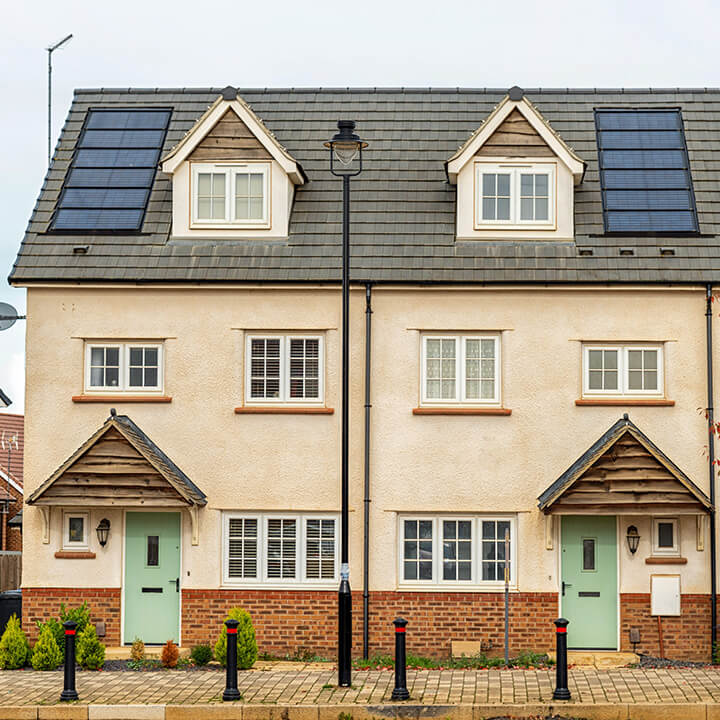New homes/buildings to produce a third less carbon: What developers need to know
7th March 2022
Why is this issue of interest?
The UK government has announced amendments to the Building Regulations which should ensure that all new homes and buildings in England produce significantly less carbon (CO2). The changes are designed to help the country move towards Net Zero.
Under the new regulations, CO2 emissions from new homes must be around 30% lower than the current standards, and emissions from other new buildings, including offices and shops, must be reduced by 27%. Changes to Parts F (ventilation) and L (conservation of fuel and power) and the associated Approved Documents will be coming into force on 15 June 2022 as an interim step in implementing those plans. Building regulations will also be updated to cover overheating (new Part O) in new build residential.
These changes are intended to pave the way for the Future Homes and Buildings Standard in 2025, which should mean all future homes are Net Zero ready and will not need retrofitting.
However, the changes place an additional onus on developers when it comes to the construction and development of new homes and non-residential buildings.
What practical advice arises?
Developers must ensure that new homes and non-residential buildings are built to a minimum standard of total energy performance. This is evaluated by comparing calculations of the performance of the actual building against calculations of a theoretical building. The theoretical building will be the same size and shape as the actual building. Developers need to carry out this evaluation at both the design stage and when the work is completed.
For a building that contains multiple dwellings, such as a block of flats or a terrace of houses, this evaluation can be done as an average across the whole building, rather than on an individual dwelling basis.
Before the start of the works, the developer must inform the Local Authority Building Control Body of the target energy rate, the target emission rate and the target fabric energy efficiency rate of the building. The same notification must be done at the end of development with the as-built ratings.
Furthermore, before building work starts, the person undertaking the work must analyse the technical, environmental and economic feasibility of using high-efficiency alternative systems in the building design. Common examples of high-efficiency alternative systems include: decentralised energy supply systems based on energy from renewable sources; co-generation; and heat pumps. The Local Authority Building Control Body should be notified that the analysis of high-efficiency alternative systems has been undertaken, that it is documented and available to be verified.
The new regulations further require reasonable provisions to be made for the conservation of fuel and power in buildings, by limiting heat gains and losses and providing fixed services which are energy efficient to a reasonable standard. Improvements to ventilation have also been introduced to support the safety of residents in newly built homes to reduce overheating, and to prevent the spread of airborne viruses in new non-residential buildings.
There will be a transitional period before the new regulations and accompanying approved documents come into force on 15 June 2022. Transitional arrangements provide that if a building notice, initial notice, or full plans for building works are submitted to a Local Authority before 15 June 2022 then, providing the building works commence by 15 June 2023, work on that individual building is permitted to continue under the previous standard.
How we can help?
Developers should be aware that they do not have to navigate the journey to Net Zero alone. As a multi-disciplinary commercial law firm with specialist lawyers experienced in all aspects of the development process, and with a team of dedicated real estate lawyers who specialise in infrastructure and energy issues, Walker Morris can support developers every step of the way. If you have any queries or concerns, or if you are interested in receiving legal and practical advice or training in relation to the new building regulations or any other development-related issue, please do not hesitate to get in touch with Kathryn or Charlotte.


